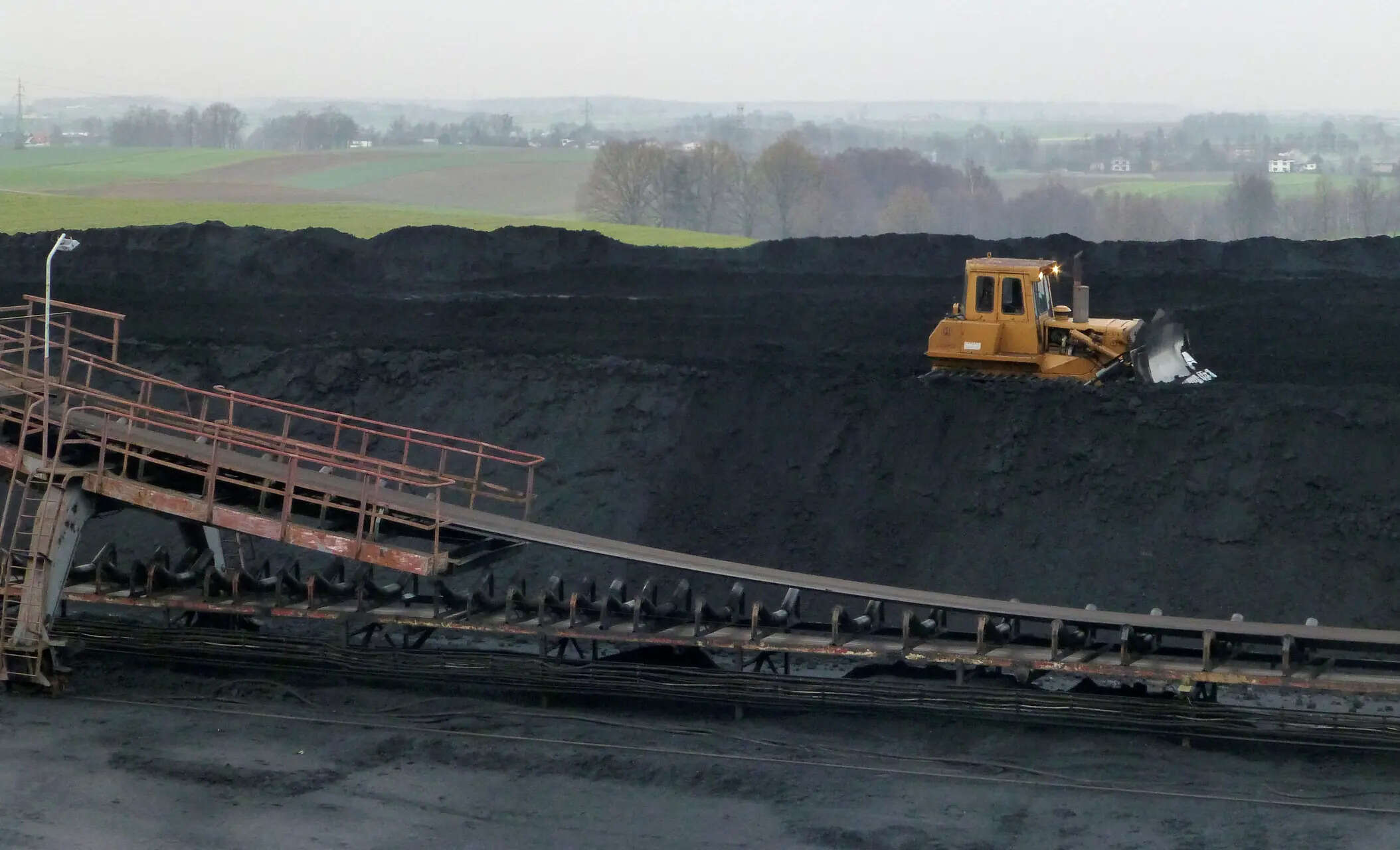
“Afghanistan can be the Saudi Arabia of lithium,” noted The Washington Post on July 23. Citing a U.S. Department of Defense finding, the brilliant report revealed that the Hindu Kush Mountain range in Afghanistan’s Nurestan province may hold over a trillion dollars’ worth of critical and rare earth minerals. In an ironic twist, it is China and the Taliban who are now poised to benefit. But this geopolitical turn could also hold surprising relevance for India’s economic future — particularly for its youth facing a severe jobs crisis.Geological Goldmine: Why India Must Start Digging
The same tectonic shifts that shaped the Hindu Kush also formed northern Indian terrain. That means mineral-rich belts may well exist on India’s side of the mountains too. The recent discovery of lithium in Jammu & Kashmir only strengthens this theory. India is one of the least explored major countries geologically — only 10% of its land has been surveyed and just 2% mined. With the rise of deep-sea mining technologies, our vast coastlines and seabed may also contain untapped riches. But we won’t know until we look. There is an urgent need to launch nationwide mineral exploration at scale.
Mining = Jobs
These global developments and geological findings emerge at a time when headline GDP growth in India has become increasingly disconnected from job creation for the country’s youth. The government’s fixation on semiconductor manufacturing or the ‘fastest growing economy’ label offers little solace to the 150 million Indians still desperately seeking minimum-wage employment through MGNREGA. The 12th Five Year Plan estimated that each 1% growth in mining generates 13x more jobs than agriculture and 6x more than manufacturing. These jobs tend to be low-skilled, making them accessible to Dalits, tribals, and other backward groups. While chip factories and EV plants grab headlines, it’s sectors like mining that can employ at scale, fast.
Don’t Let the Past Paralyse the Future
It is no secret that India’s current central government and the Congress party have historically had a fraught relationship with the mining sector. While environmental concerns are valid, issues like land acquisition and labour conditions often present more immediate challenges. The private sector’s track record in mining is far from spotless. However, just as cases of drunk driving don’t justify banning all driving, past misdeeds by mining firms shouldn’t lead to a blanket rejection of private participation. What India needs is a strong framework of environmental safeguards, fair labour standards, and equitable land laws—enforced by competent regulators—to prevent exploitation.
PEKB: A Case of Development Done Right
The case of Parsa East-Kente Basan (PEKB) coal mine in Chhattisgarh is a glaring example. Operated under the Mine Developer and Operator (MDO) model, this project supplies critical coal to Rajasthan — a state already facing a crippling power shortage. The PEKB block was allotted to Rajasthan Rajya Vidyut Utpadan Nigam Limited (RRVUNL), which provides over 80% of the state’s power. PEKB provides affordable energy to 8 crore people in Rajasthan and contributes ₹1,500 crore annually to the exchequer.
The project has been delayed repeatedly due to environmental litigation and misinformation campaigns — often led by NGOs with little local connection but loud global platforms.
Critics often cite the felling of 1.4 lakh trees. But this omits a vital fact: over 15.59 lakh trees have already been planted, with 4 lakh more planned this year and 3.5 lakh each year going forward. Under the Compensatory Afforestation (CA) model, the entire cost of land, planting, and upkeep is borne by the mining company. In Chhattisgarh alone, over 40 lakh trees have been planted under CA.
The PEKB mine has generated 10,000+ jobs, mostly for locals and tribals — boosting incomes, reducing migration, and stabilizing communities. But its impact goes beyond economics. A CBSE school educates over 1,050 children, offering free mid-day meals, books, uniforms, and transport. Healthcare access has surged with hospitals, ambulances, and mobile units now reaching remote regions. Rural women have also been empowered through MUBSS (Mahila Utthan Bachat Sahkari Samiti), which focuses on financial inclusion, hygiene, and leadership — not as a CSR formality, but as a community-led revolution.
Sandur and Vedanta Parallels
Another mining success story, albeit less publicized, is Sandur Manganese & Iron Ores Limited (SMIORE) in Karnataka. Operating in the Bellary-Hospet region, SMIORE combines responsible extraction with sustainable rural development. It has invested in biodiversity parks, afforestation, and community health and education initiatives, all while maintaining peaceful relations with local Panchayats. SMIORE’s approach exemplifies growth without grief, showing that mining can coexist with ecology and equity.
In contrast stands the Vedanta-Niyamgiri bauxite project in Odisha. Meant to uplift one of India’s poorest tribal belts, it was stalled in 2010 after Environment Minister Jairam Ramesh withdrew clearance, citing NGO-led opposition and forest rights issues. While environmental justice was the stated reason, critics point to this as the start of UPA 2’s “policy paralysis”, where fear of backlash froze decision-making. The region remains undeveloped; its people left without either mining-related jobs or ecological gains. This episode offers a cautionary tale: indefinite stalling hurts the very people resistance movements claim to defend.
MDO Model: India’s Best Bet for Responsible Mining
PEKB and similar mines operate under the MDO model, which is fundamentally different from short-term excavation contracts. Here, the operator is accountable for land restoration, community welfare, and regulatory compliance over decades, not years. This creates a structural incentive for “responsible mining.” Mining companies are not just contractors — they are co-stakeholders in the region’s development. This long-term model has already shown success in coal, iron ore, and bauxite sectors, and could be expanded to critical minerals if policy clarity and timeline certainty are ensured.
Activism-for-Hire vs. Energy Security
India has abundant coal reserves, yet we import coal. Why? Because fake activism, often funded by foreign NGOs, blocks vital energy projects. Millions still lack reliable electricity. By obstructing mining, these groups hurt energy security, stall manufacturing, and deepen inequality. India must support whistle-blowers who expose such obstructive forces and build a regulatory system that is pro-development and pro-accountability.

